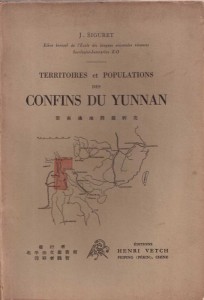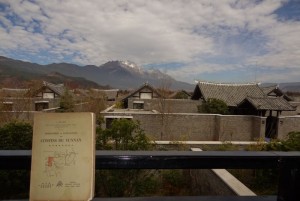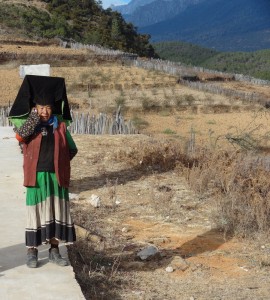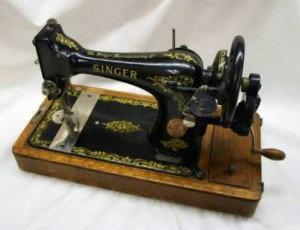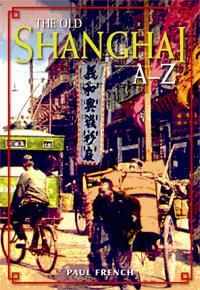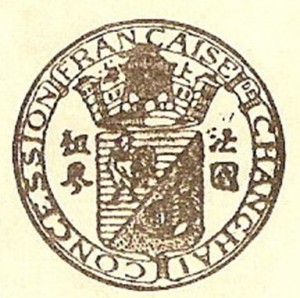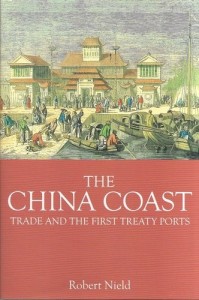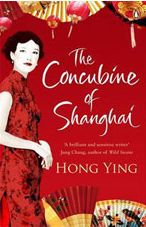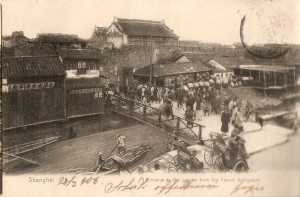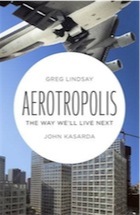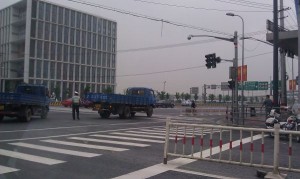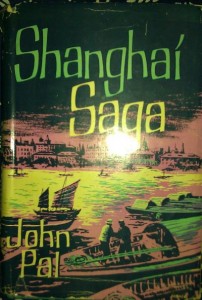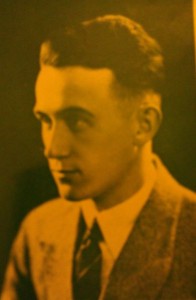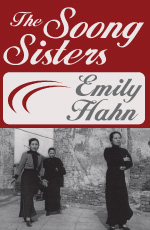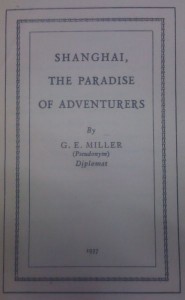
Old Shanghai is often associated with opium, prostitution and young western men seeking adventure. The police forces, army and other administration clearly took many of them to the Shanghai shore, with a new life in a vibrant city. I have written about several books illustrating the high life of Old Shanghai including Ralph Shaw’s Sin City, John Pal’s Shanghai Saga and the ultimate nightlife guide to Old Shanghai, Night Lights, tael Lights. One of the most famous is probably “Shanghai, the paradise of adventurers” by “GE Miller (Pseudonym)”. The book is really difficult to find as it was only printed for a short time. Reference to it can be found on Google books but the actual content is not available. It was translated in Chinese as 上海, 冒險家的樂園 and apparently still printed. It took me quite a bit of research to get my hand on this original 1937 copy.
The book starts with some background information about Shanghai and the concessions. One of the most interesting point is explaining the “shit” system where Shanghailanders once having established some credibility would not have to pay any service on the spot, instead signing a piece of paper, a “chit” with the amount collected on a later basis. Extraterritoriality protected the foreign residents, so some just never paid the bills and the whole city lived on credit. A whole section of the book also details how it was possible to get a fake passport to enjoy extraterritoriality right.
The main content is a series of portraits of shady characters, dubious, mysterious, mischievous and sometimes plain weird. The Spanish consul of the time is definitely a target as the book claims his great need of alcohol and Russian prostitutes, as well as total incompetency as a Société des Nations envoy in Manchouria, trying to assess whether Japanese invasion was justified… from the Japanese ministry of information office. It is very clear that the author used the book for some form of revenge on him. Similarly, the book has a strong anti religion theme, accusing Spanish priest of running gambling establishments as well as being very hard on missionaries. A full section is dedicated to Hungarian master of life falsification Lincoln Trebitsch. Although some parts of the book are difficult to believe if not totally wrong, the reading is very enjoyable. Characters in the book even remind me of real life characters of today’s Shanghai , still sometimes a paradise for questionable characters.
The book was written by GE Miller (pseudonym) who is self described as a diplomat. It did not take a long time for Shanghailanders to unmask the mysterious writer as Mauricio Fresco, the Mexican Honorary Consul. As pointed out by Robert Bickers in Empire Made Me, “The position had long been deeply implicated in the large-scale organized gambling in the city of the 1920″, Further more “accusing the SMP [Shanghai Municipal Police] in print, and without evidence, of granting ‘full protection’ to British opium smugglers was a representative indiscretion”. “Fresco left hurriedly when his identity was revealed” in 1937, soon after publication of the book, and never returned. However, his book is still one of those that helped creating the myth of Old Shanghai.
For a more recent book about Old Shanghai underworld, I recommend Paul French’s “City of devils, a Shanghai Noir”.
